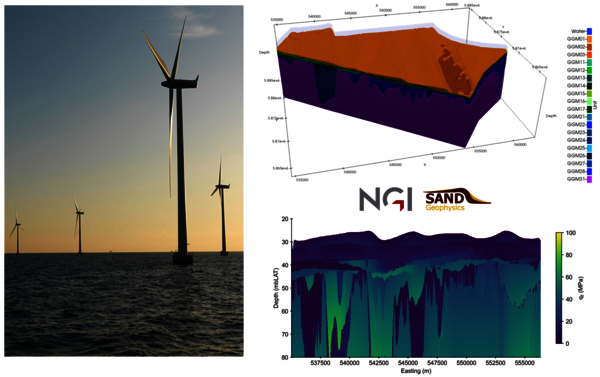
Jannes Münchmeyer, ISTerre
Probing structure and dynamics of the Chilean subduction margin with high-resolution seismicity The Chilean subduction margin is one of the most seismically active regions worldwide. In the North of Chile, the Atacama segment marks a long-standing seismic gap, with no major earthquake since 1922.…



















